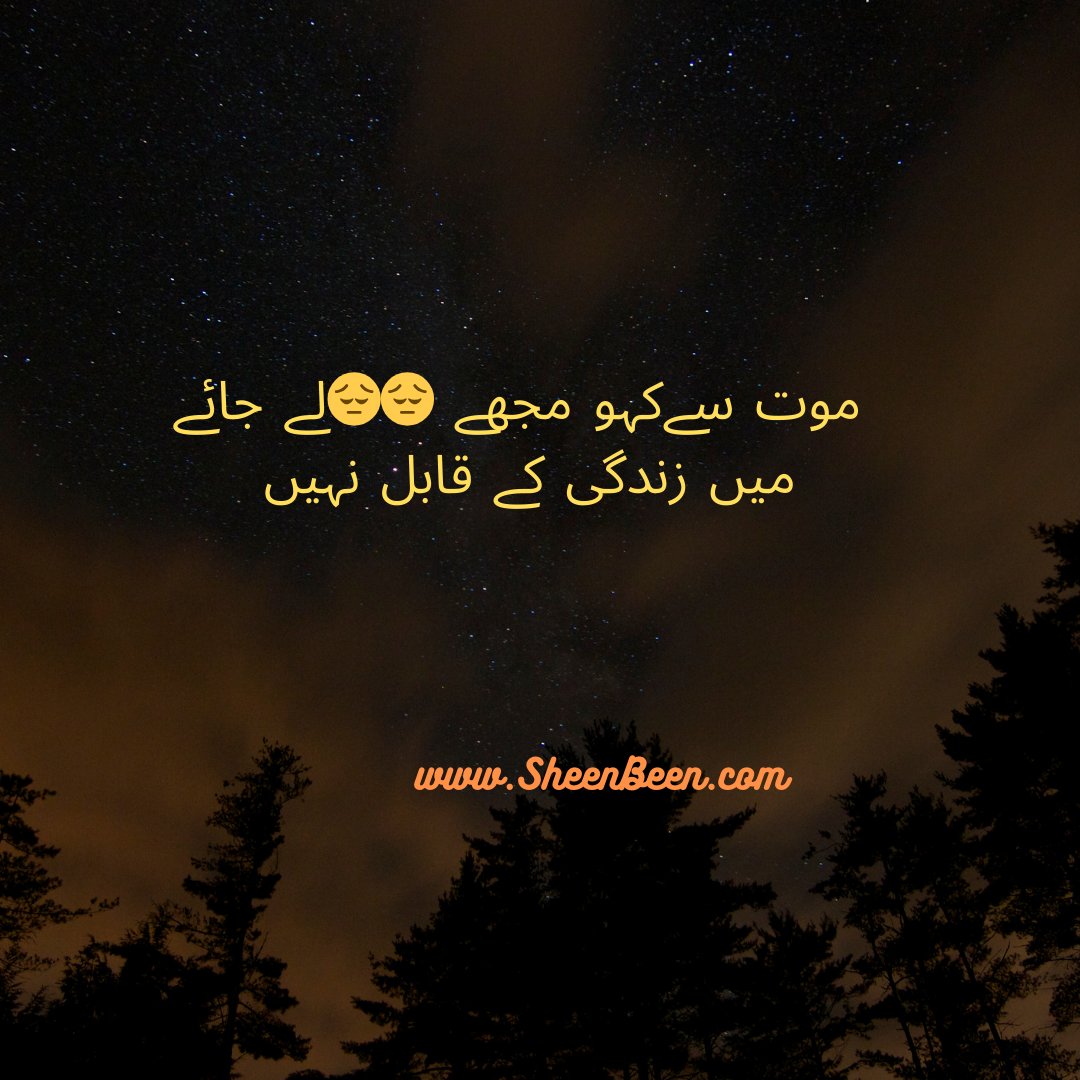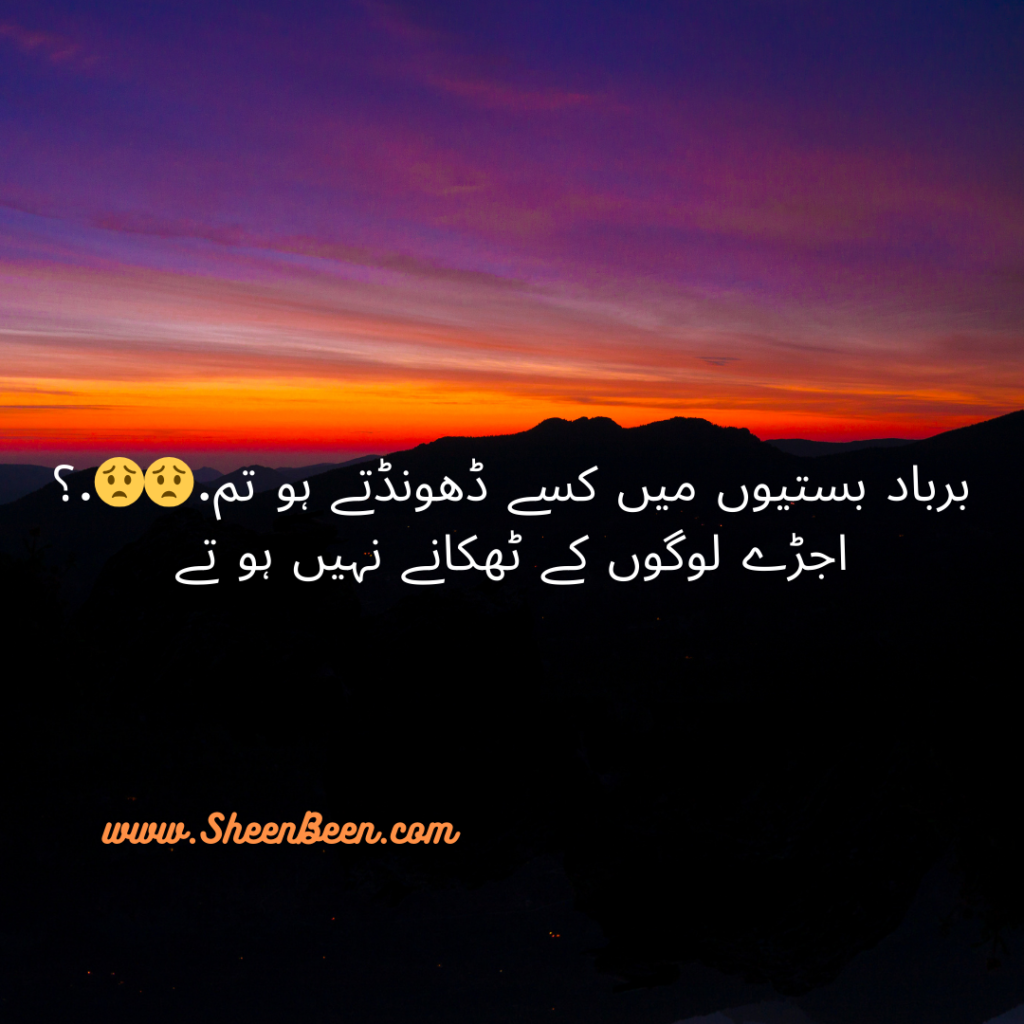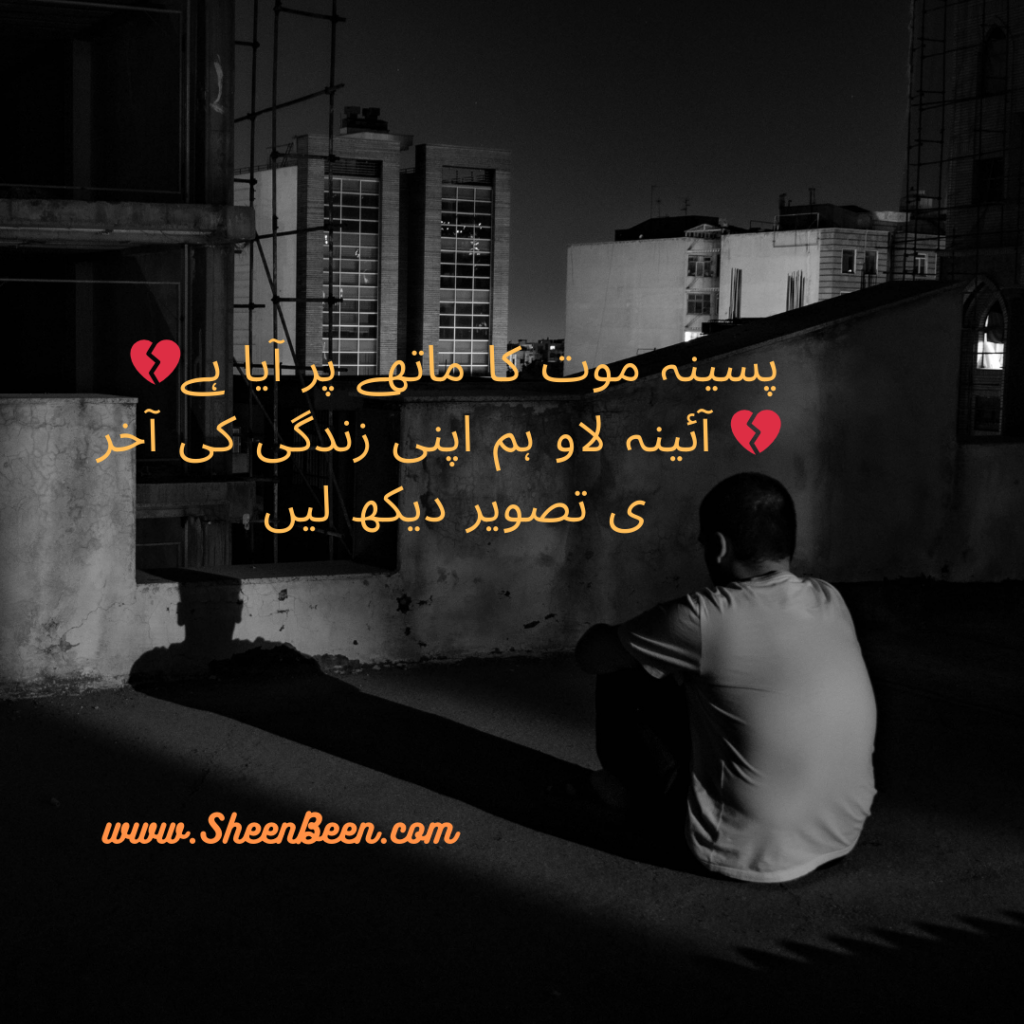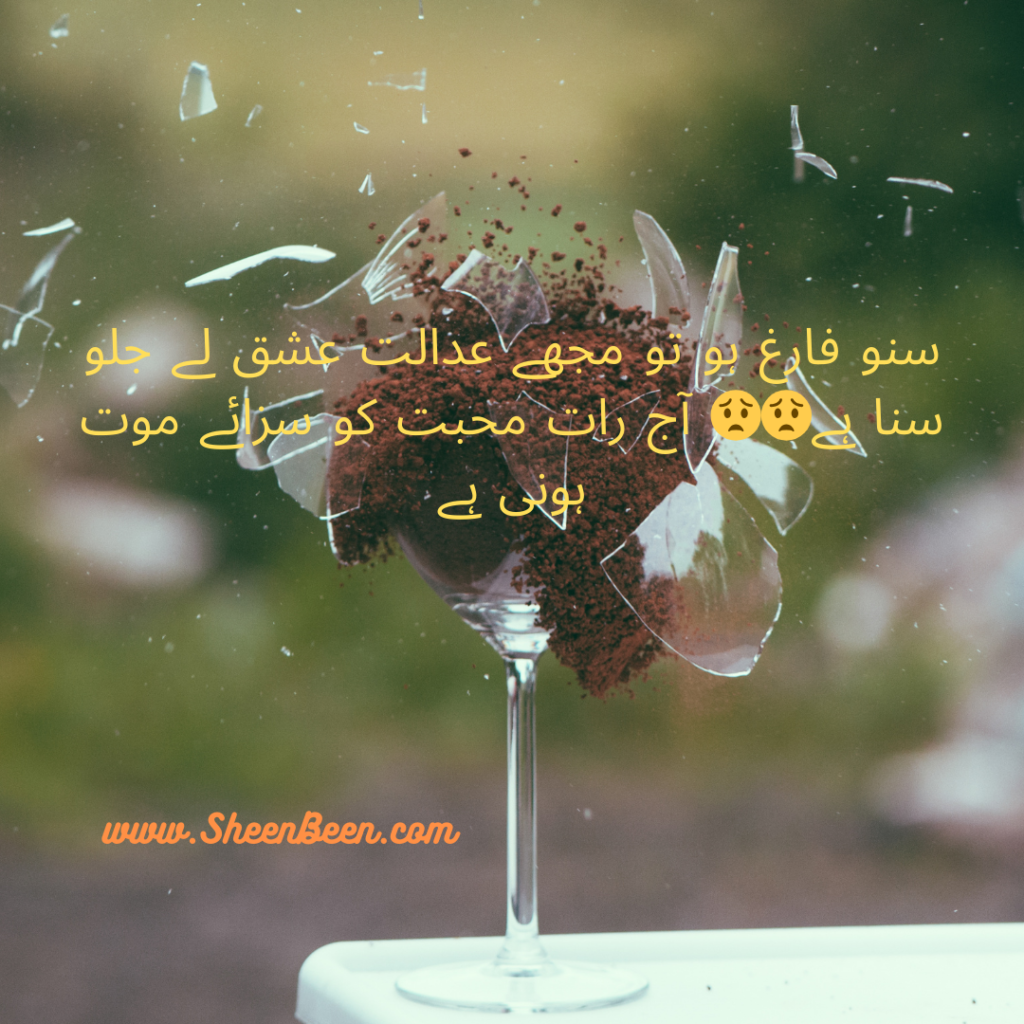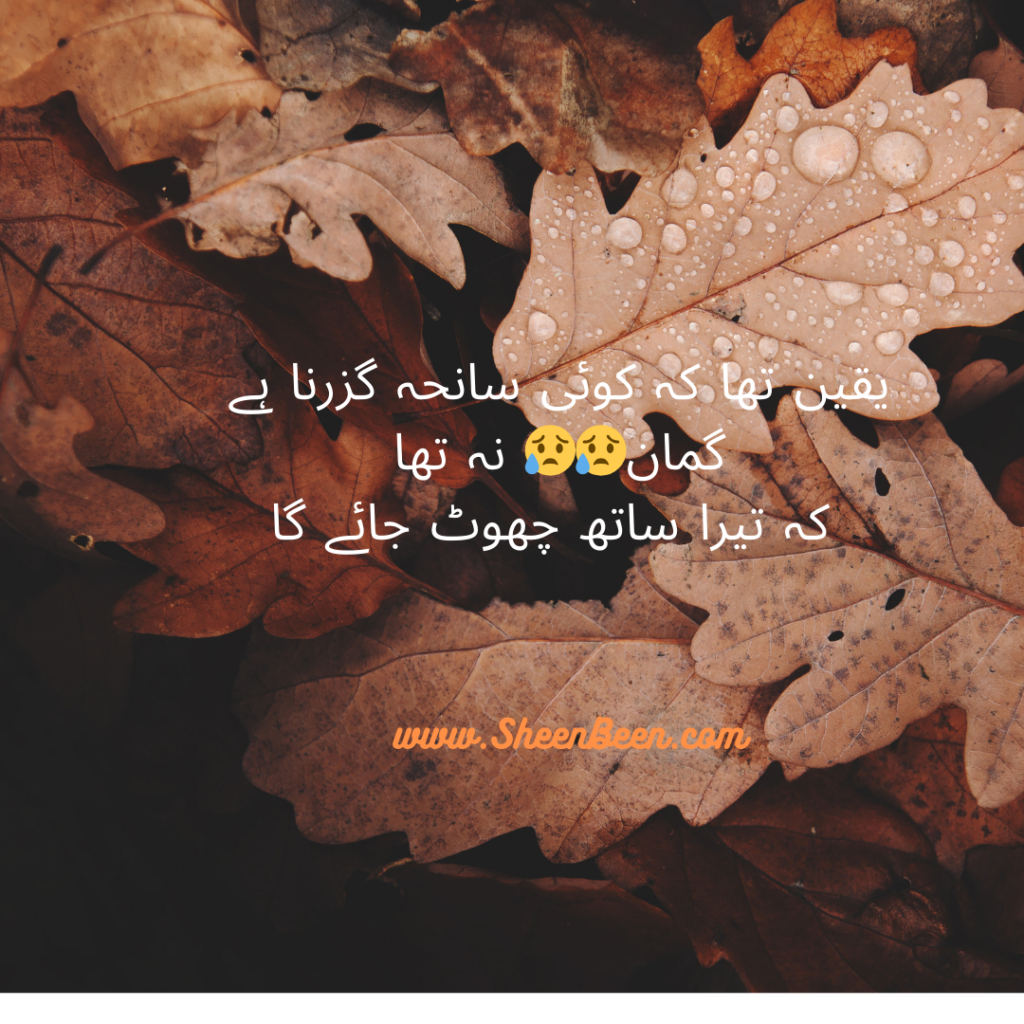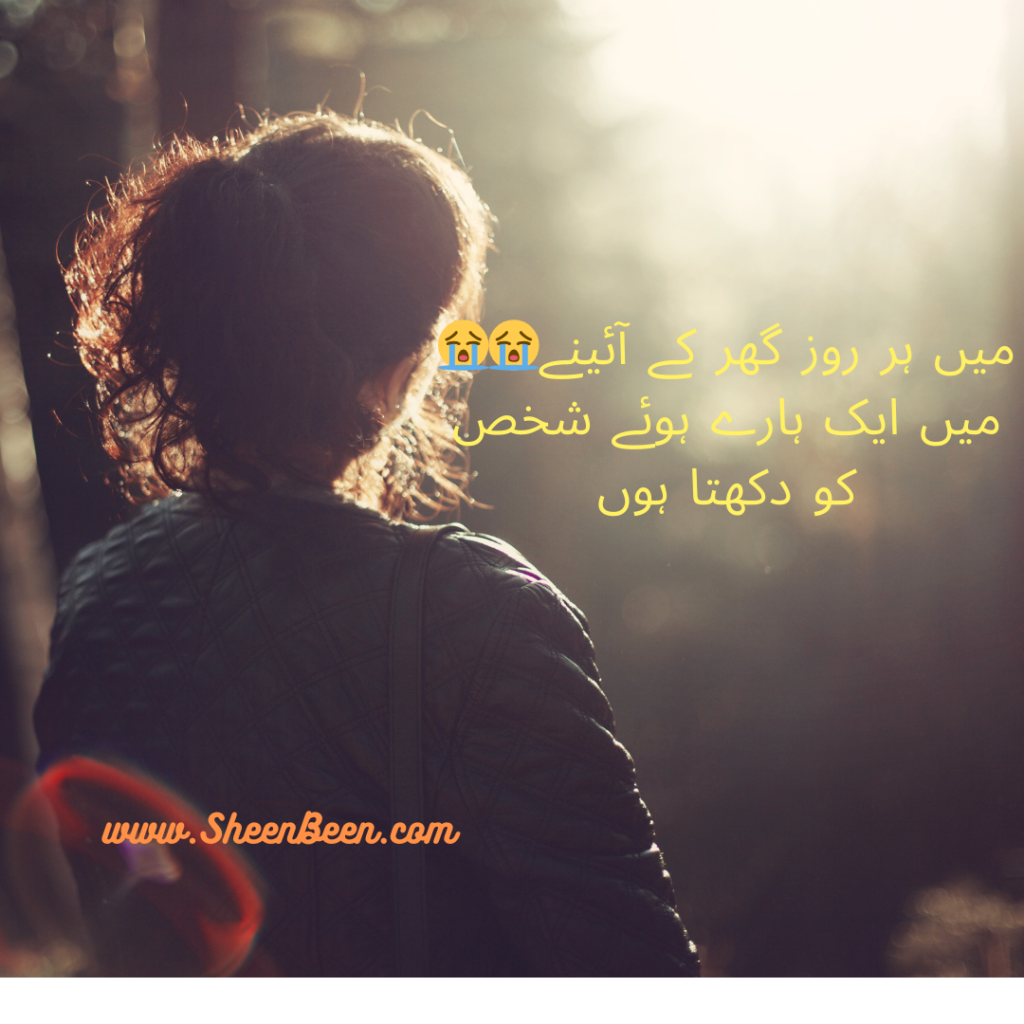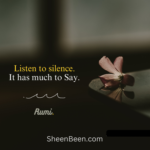2 Lines Urdu Poetry
Here is a Unlimted Collection Of Deep,Sad Love and Romantic poetyr in 2 lines in urdu. It Urdu poetry is a form of literary expression in the Urdu language known for its lyrical beauty, complex rhyme schemes, and rich emotional depth. It contains a variety of poetic forms and themes, often combining Persian and Arabic influences with local South Asian cultural elements. Urdu poetry is known for its effective use of language, its deep philosophical insight, and its ability to convey complex emotions with grace and sensitivity.
Table of Contents
Key Features
Linguistic Beauty : 2 lines Urdu poetry is famous for its melodious and rhythmic language. Words are carefully chosen, poetic devices and images are created to create harmony. Each verse is designed to be aesthetically pleasing. This careful expression results in a beautiful and emotional flow. The language and structure of Urdu poetry fascinates the senses. Its rhythmic quality enhances its emotional and lyrical impact.
Emotional Depths : Urdu poetry excels at expressing a wide range of emotions, from love and longing to sadness and happiness. Poets delve into the human experience by capturing emotions both personal and universal. Each poem reflects the complexity of the human heart. Emotional depth resonates with readers of all cultures. The ability to express deep emotions is unique in Urdu poetry. It remains a poignant depiction of life’s myriad experiences.
Metaphor and Symbolism : Rich in metaphors and symbols, Urdu poetry uses these devices to convey deep meanings and evoke vivid images. Common symbols include rose (nightingale), nightingale (nightingale), and wine (drink). Each symbol carries multiple layers of interpretation. These elements increase the emotional and intellectual depth of the poem. Metaphors and symbols create a vibrant and evocative texture. It allows readers to explore complex themes and emotions.
Philosophical Insights : Many Urdu poets explore philosophical themes that reflect existence, identity, and the human condition. These reflections add intellectual depth to his work. His poems combine thoughtful thoughts with emotional resonance. Deep philosophical thoughts enrich the layers of meaning in the verses. This combination enchants the mind and heart. It allows readers to reflect on life’s deepest questions through beautiful poetry.
Cultural Fusion :2 lines Urdu poetry reflects a mixture of different cultural and literary traditions, including Persian, Arabic and South Asian influences. This fusion enriches the language and themes. The result is a unique and diverse literary form. The integration of different traditions increases their depth and complexity. This cultural fusion makes Urdu poetry diverse and versatile. It stands as a rich and dynamic artistic expression.
Top Rated Articles
Forms Of Poetry
Urdu poetry has evolved significantly by adopting contemporary themes and forms while maintaining its classical beauty and depth. Here are some notable contemporary forms:
- Azad Nazm
Structure: Unlike traditional forms, free verse does not adhere to strict meter or rhyme. This gives poets the freedom to express their ideas more naturally and fluently without the constraints of classical poetic forms.
Subjects: Free poetry often explores modern social issues, personal reflection, and philosophical ideas. It explores contemporary themes such as politics, identity, existential questions and the human condition that reflect the complexity of modern life.
Notable Poets
Fayez Ahmed Fayez: He is famous for his revolutionary and romantic poems. He had a great influence in the literary and political fields by using free poetry to deal with themes of oppression, love, and resistance.
Noon Meem Rashid: Known for his innovative style of thought, Rashid’s poetry explores themes of individualism, existentialism and social criticism beyond traditional traditions, paving the way for modern Urdu poetry.
- Nathar Nazam
Structure: A prose poem or blank verse is characterized by following a regular meter, omitting rhyme. This form provides poets with greater expressive flexibility by striking a balance between the structured rhythm of traditional poetry and the freedom of random lines. Consistent meter gives the poem a musical quality, while the lack of rhyme eliminates obstacles that can limit thematic exploration. This structure ensures a fluid flow of ideas and emotions, allowing poets to produce more precise and sophisticated expressions.
Themes : Blank rhymes in poetry in this essay usually have an effect:
Political and social commentary : Confetti poetry is often used to criticize social structures, political corruption, and social injustice. Poets use this form to call for opposition and change, and to deal directly and effectively with current issues. The flexibility of blank verse allows for detailed and engaging narratives that resonate with the audience’s sense of justice and morality.
Existential Reflections : This model is particularly well-suited for exploring deep philosophical questions and existential themes. Poets explore the nature of existence, the human condition, and the search for meaning in a world that is often chaotic and indifferent. The regular scale provides a rhythmic framework for these profound meditations, enhancing their contemplative and contemplative quality.
Personal Narrative : Blank verse is also used to describe personal stories and personal journeys. They share their inner experiences, emotions and memories, using a fluid pattern, following the complexity and nuances of personality and self-discovery. These novels often resonate on a deeply human level, suggesting universal themes and offering insight into the poet’s life.
Notable Poets
MeeraJi : Miraji’s contributions to the poetry of Nithar, one of the important names of modern Urdu poetry, are noteworthy. His work is characterized by its introspective and often surreal quality, combining personal narratives with broader existential themes. Miraji’s poetry transcends the boundaries of Urdu literature by challenging traditional norms of form and content. His use of blank verse allows him to explore complex emotions and abstract ideas in a fluid and flexible style.
Majeed Ahmad : Another influential poet, Majid Amjad, is known for his profound and thoughtful use of prose. His poetry often deals with death, time and the ambiguous nature of life. Amjad’s work is notable for its philosophical depth and lyrical beauty, as it uses the form of blank verse to create an infinite, rhythmic exploration of humanity. His ability to weave complex meters with rich thematic content has cemented his status as a master of modern Urdu poetry.
- Nasri nazam
Structure: A prose poem known as a prose poem blurs the traditional boundaries between prose and poetry. It takes a prose form, but incorporates poetic language, imagery and rhythm, creating a unique combination of narrative and lyrical elements. This collection allows poets to explore themes in a more engaging and narrative way while maintaining the depth and beauty of poetic expression. The lack of strict meter and rhyme frees the prose poem, providing a canvas for fluidity and freedom in language and form.
Themes : Nasri’s poetry explores a wide range of themes that intersect with everyday life, human emotions, and current issues:
- Everyday Life: Poets use prose poetry to capture the moments and experiences of ordinary everyday life. From ordinary routines to unexpected encounters, prose poetry highlights the beauty and complexity of everyday existence, making the seemingly ordinary extraordinary.
- Human Emotions: Emotions play a central role in prose poetry, allowing poets to tap into the depth of human emotions. Love, longing, loss, joy and sorrow are expressed in the sincere and absorbing language of prose poetry. Emotions are explored with precision and sensitivity, creating a deep connection between poet, reader and human experience.
Current Issues: Prose poetry serves as a platform for addressing contemporary social, political, and cultural issues. Poets deal with themes such as identity, inequality, environmental concerns, and the complexities of modern life. The prose form allows for direct and immediate intervention on crucial issues and encourages dialogue and reflection.
Notable Poets
Ahmad Faraz: Nasri is known for his emotional and socially conscious poetry, which reflects Faraz’s keen observation of human emotions and social dynamics. His prose poems resonate with readers because of their thoughtfulness, empathy, and relevance to current issues.
Parveen Shaker: A leading poet, Shaker’s prose poetry is appreciated for its nuanced exploration of women’s experiences, relationships and social challenges. His lyrical prose captures the nuances of human emotions with grace and originality, making his work deeply relatable and moving.
Impact And Influence
Prose poetry had a profound influence on Urdu literature, providing a versatile and accessible form for poets to deal with different themes and styles. The blending of prose and poetic elements broadened the scope of creative expression, encouraging mass appeal and inclusivity for a wide readership. Through Nasri Nazm, the works of important poets such as Ahmed Faraz and Parveen Shaker continue to inspire new generations of writers and readers by searching for the hidden between the everyday and the poetic, the ordinary and the profound.
If You want to learn about Social Media & Networking : Relax the Solution Is Here, Social Media Hub.

